“Our Father Gilbert’s teaching was an expression of his holiness, and his holiness made his teaching effective.”
— Ralph de Insula
ST. GILBERT of SEMPRINGHAM, the founder of the Gilbertine Order, was born at Sempringham, near Borne in Lincolnshire. He was the son of Jocelin, an Anglo-Norman Lord of the manor, who unusually for that period, actively prevented his son from becoming a knight, instead sending him to the University of Paris to study theology. Some physical deficiency may have made him unfit for military service, making an ecclesiastical career the best option. In 1120 he became a clerk in the household of Robert Bloet, Bishop of Lincoln, started a school for boys and girls (the existing primary school at Pointon is still named after him) and was ordained by Robert’s successor. Offered the archdeaconry of Lincoln, he refused, saying that he knew no surer way to perdition. St. Gilbert’s father was impressed with his education and abilities and his religious manner and presented him with the rectories of Sempringham and West Torrington so that he had an income.
When St. Gilbert’s father died in 1130, he became Lord of the manor of Sempringham. In 1131 he founded the Gilbertine Order, with the construction of a dwelling and cloister for seven nuns, at the north end of the church of St Andrew (the church still exists). Eventually St. Gilbert presided over twenty-six priories — some of double houses of men and women, and some of Canons Regular.
St. Gilbert lived a long and happy life in service to the men and women of his communities. The Saint was a real teacher with a pastor’s heart and was passionate about bringing his spiritual sons and daughters to a greater and greater personal holiness. He was kind but firm, always encouraging progress in the spiritual life.
The communities St. Gilbert founded were ultimately suppressed by King Henry VIII from 1538–39, but even the King could make no claim that the Gilbertine Priories had become corrupt or otherwise lost their way. The Sisters, Brothers and Clergy remained true to Father Gilbert’s vision.
St. Gilbert served his flock as Magister well into his 90’s and lived until he was 106. He was revered and loved in his own time and was the first Saint to be canonised as according to the more contemporary process of proofs of holiness and miracles. He was canonised in 1202 by Pope Innocent III who had a vision of the Saint and who wrote the collect the Companions of St. Gilbert pray on his feast day (4 February).
An antique statue of St. Gilbert at St. John’s.
HISTORICAL GILBERTINE ARMS: Coats of arms were historically borne by British and European land-holders as marks of distinction and as a means of identification. The adoption of heraldry by the clergy came from similar needs and became more and more popular as a result of their involvement in civil administration. Ecclesiastical heraldry evolved from a means of sealing civil and religious documents to a system for identifying people and dioceses. Today, there is still an opportunity for clergy and organisations within the Church to use heraldic devices to seal documents, but more often, it is a way for churches and church leaders to give symbolic representation of their beliefs as well as to identify their particular roles in the Church.
The Gilbertine Priories had different coats of arms all based in a similar design as shown below.
BLAZON
Barry of six, argent and gules; over all in bend sinister, a pilgrim’s crutch or.
Gilbertine Motto: Factum Est.
“They must not be afraid, because the boy you see [the Son of the Blessed Virgin] will lead them well and bring them back.”





